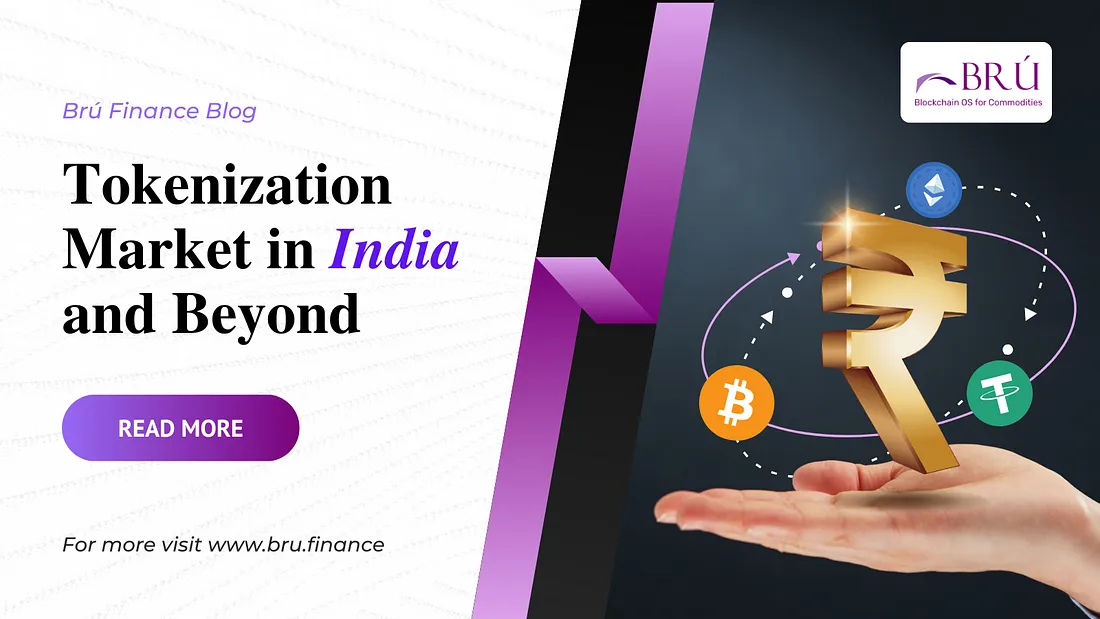
Tokenization Market in India and Beyond
Published On : November 05, 2024
In today’s world, innovation is reshaping every part of our lives, and finance is no exception. Over the past few years, we’ve seen a surge in digital and card transactions, bringing unprecedented convenience to consumers worldwide. Yet, with this ease comes a growing risk: online fraud. As digital payments become more popular, so do the tactics cybercriminals use to exploit gaps in our financial systems.
Card fraud has become a significant concern, encompassing a wide range of sophisticated schemes. Whether it’s phishing emails crafted to deceive unsuspecting users, data breaches exposing sensitive information, or even physical card theft from mailboxes, fraudsters are constantly innovating. The rise of virtual cards adds a new layer to this complexity. From unauthorized online purchases to fraudulent phone or text transactions, card fraud continues to cast a shadow over digital payments. In this complex landscape, the need for advanced security measures and cutting-edge solutions has never been more urgent. Here, technologies like tokenization emerge as critical tools in the fight against fraud. With roots in blockchain, tokenization has the potential to transform multiple sectors, including finance.
What is Tokenization?
Before diving into the future of tokenization, let’s break down the basics. Put simply, tokenization is the process of replacing sensitive data, such as credit card numbers, with unique identifiers, or tokens. By converting assets into tokens, they become easily divisible, tradable, and accessible to a global audience, unlocking liquidity and democratizing investments.
India’s Move Toward Tokenization
India’s journey toward tokenization began in 2022, spurred by the government’s push for digitalization and innovation in fintech. The regulatory environment is gradually opening up to blockchain-based projects. The Securities and Exchange Board of India (SEBI) has shown interest in exploring blockchain’s role in capital markets, paving the way for tokenized securities. Additionally, initiatives like the National Digital Asset Framework (NDAF) aim to provide clear guidelines for asset tokenization, creating a supportive ecosystem for blockchain startups and businesses.
Global Adoption and Market Trends
Globally, tokenization is gaining momentum. Traditional financial institutions are recognizing the cost-saving benefits of blockchain-based solutions. Tokenized assets not only streamline trading and settlement processes but also improve transparency and security, reducing risks tied to fraud and manipulation. According to a recent report, the global tokenization market is projected to grow from $2.39 billion in 2022 to $9.82 billion by 2030, with North America expected to lead with a 37.24% market share in 2022. The rise of decentralized finance (DeFi) platforms has further driven demand for tokenized assets as users seek alternative investment opportunities beyond traditional markets.
Key Drivers and Opportunities
- Regulatory Clarity: Ongoing efforts from regulators to provide clear guidelines for tokenized assets will boost confidence among investors and businesses, driving adoption.
- Institutional Participation: With institutional investors increasingly entering the digital assets space, the tokenization market stands to gain from greater liquidity and robust infrastructure.
- Interoperability and Standards: Efforts to standardize and enhance interoperability across blockchain networks will enable seamless token transfers, unlocking new possibilities.
- Emerging Technologies: Advances in AI, IoT, and 5G can integrate with tokenization, enabling innovative use cases like tokenized IoT data streams or AI-driven asset management.
- Global Economic Trends: Macroeconomic factors, such as geopolitical shifts and inflation, are pushing demand for digital assets as hedges against traditional market risks, further supporting tokenization growth.
The Way Forward
Despite its potential, the tokenization landscape still faces challenges. Regulatory uncertainties, cybersecurity issues, and interoperability concerns are key hurdles to overcome to unlock the full benefits of tokenized assets.
In both India and the global market, tokenization is set for substantial growth, fueled by technological advancements, supportive regulations, and shifting investor interests. From increasing liquidity in traditionally illiquid assets to expanding investment access, tokenization has the power to transform finance on a global scale
For more updates and latest news about Brú Finance, please join our Twitter Channel, Discord server, LinkedIn, Telegram at
Please join our Discord events and Twitter AMAs to connect directly with our founders and ask your queries.
Discord: https://discord.gg/8C9SZXDy2r
Telegram Channel : https://t.me/bruofficial
Twitter : https://twitter.com/bru_finance
LinkedIn : https://www.linkedin.com/company/bru-finance/
Facebook :https://www.facebook.com/brufinance/
Instagram :https://www.instagram.com/brufinance/?igshid=YmMyMTA2M2Y%3D

 1.png)